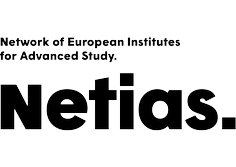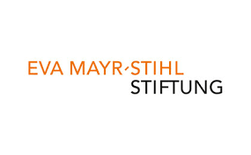Colloquium FRIAS Research Focus Quantum Transport - Art van der Est: Time-Resolved EPR Studies of Artificial Photosynthesis
| When |
Apr 21, 2015
from 01:15 PM to 02:00 PM |
|---|---|
| Where | FRIAS, Albertstr. 19, Seminar Room |
| Contact Name | Anna Blattner |
| Contact Phone | 0761 203 97362 |
| Attendees |
universitätsoffen/open to university members |
| Add event to calendar |
|
We are studying complexes based on Al(III) porphyrin (AlPor) and P(V) porphyrin (PPor) as artificial mimics of photosynthesis. An example is shown in Fig. 1. These main group element porphyrins are unusual because they form axial covalent bonds, which are very useful for the construction of donor-acceptor compounds and solar cells.
We use the spin-polarized transient EPR spectra of the radical pairs generated by excitation of the porphyrin to study the function of the complexes. Importantly, these spectra also provide insight into the spin selectivity of the electron transfer. In the triads shown if Fig. 1, we have been able to demonstrate that sequential electron transfer occurs and that the lifetime of the charge separation is magnetic field dependent. In the case of PPor, excitation of the porphyrin generates an extremely oxidizing species, that is a promising candidate for the sensitizer in photoanodes for water oxidation. We have recently shown that when PPor is attached to a SnO2 surface, excitation of the porphyrin leads to electron injection into the conduction band of the semiconductor. When an iridium-based pre-catalyst is co-deposited on the surface our EPR studies show that the porphyrin is able to advance the oxidation state of the Ir from Ir(III) to Ir(IV), an important prerequisite for light-activated water oxidation





